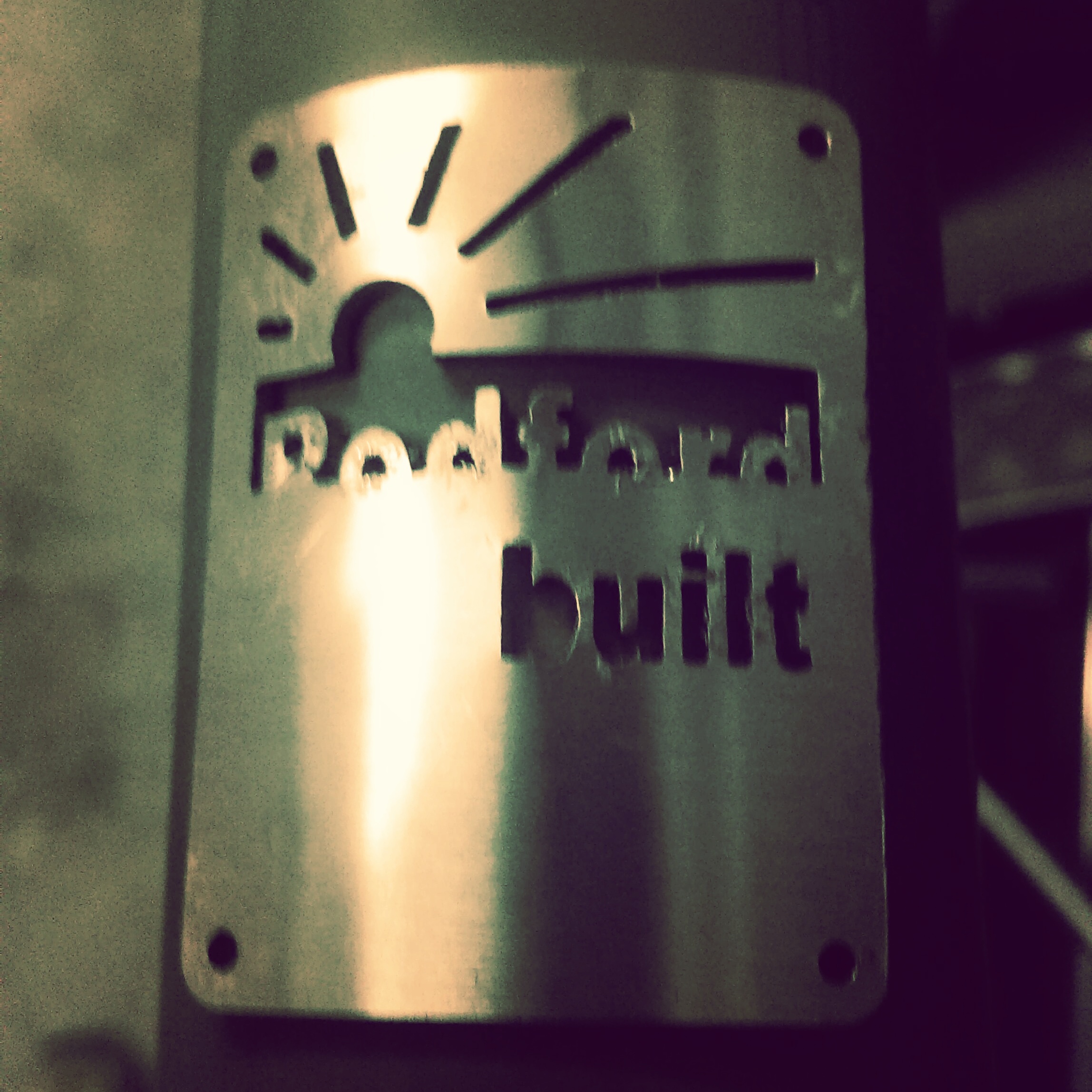Every so often someone enters the workshop wanting help removing or replacing a bottom bracket. These assemblies take all the energy from the cyclist's legs and turn it into rotational force to drive the wheels. They are also low down in the bike frame (apart when used on recumbents) and so they suffer from debris and water thrown up by the front wheel.Consequently the bottom brackets are always secured tightly and combined with the environment they can be hard to remove; it can be difficult to tell if you are turning them the right way to loosen them.So here are a few words on the subject of pedal and bottom bracket threads and an explanation on why they are orientated the way they are.First some terminology.The right hand side (RHS) of the bike is the right side when you are seated on the saddle.The left hand side (LHS) is on your left.Looking at the LHS we can see that the crank is turned anti-clockwise by the rider. So you would expect the bottom bracket to be loosened in the opposite direction to stop it undoing, but this is not the case. The reason is the ball bearing inside the bottom bracket which has the effect of reversing the force against the bearing cup and so on the LHS of the bike we have a right handed thread. Looking at the diagram you can see that the reciprocal is true on the RHS; so on the right, we have the left handed thread.In practical terms this means you will always undo a bottom bracket by turning the bearing cup in the same direction as the pedal it is next to.Looking at the pedals we have a similar torque reaction about the pedal bearings, but there is another factor to consider because the pedals are rotating about the crank. It is difficult to visualise, but this rotation about the crank reverses the torque reaction once more.So on the LHS of the bike we have the crank turned anti-clockwise by the rider (as before). The pedal axle is held securely to the crank and so this also rotates anti-clockwise. However the pedal itself is held at a fixed orientation by the rider's foot and so the axle rotation relative to the fixed pedal is actually Clockwise. As with the bottom bracket this torque is reverse by the pedal bearings so the final result is an anti-clockwise torque on the pedal axle. Under these loads we want the pedal to tighten and not come loose, so the left pedal has an anti-clockwise or left handed thread. Here's a diagram to try and help.
Looking at the diagram you can see that the reciprocal is true on the RHS; so on the right, we have the left handed thread.In practical terms this means you will always undo a bottom bracket by turning the bearing cup in the same direction as the pedal it is next to.Looking at the pedals we have a similar torque reaction about the pedal bearings, but there is another factor to consider because the pedals are rotating about the crank. It is difficult to visualise, but this rotation about the crank reverses the torque reaction once more.So on the LHS of the bike we have the crank turned anti-clockwise by the rider (as before). The pedal axle is held securely to the crank and so this also rotates anti-clockwise. However the pedal itself is held at a fixed orientation by the rider's foot and so the axle rotation relative to the fixed pedal is actually Clockwise. As with the bottom bracket this torque is reverse by the pedal bearings so the final result is an anti-clockwise torque on the pedal axle. Under these loads we want the pedal to tighten and not come loose, so the left pedal has an anti-clockwise or left handed thread. Here's a diagram to try and help. How to remember this?Well.....The pedals are easy.On the right of the bike you have a pedal stamped with an "R" and this pedal has a right handed thread.On the left of the bike you have a pedal marked "L" and a left handed thread.The bottom bracket is the opposite with the left handed thread on the right of the bike. Or if you prefer the pedal rotation of the rider when riding the bike is the rotation needed to undo the bottom bracket.Of course if the bearings were replaced with bushes then the opposite would be true, but let's not go there.Hope that helps.(We actually had to write it down for our own benefit).
How to remember this?Well.....The pedals are easy.On the right of the bike you have a pedal stamped with an "R" and this pedal has a right handed thread.On the left of the bike you have a pedal marked "L" and a left handed thread.The bottom bracket is the opposite with the left handed thread on the right of the bike. Or if you prefer the pedal rotation of the rider when riding the bike is the rotation needed to undo the bottom bracket.Of course if the bearings were replaced with bushes then the opposite would be true, but let's not go there.Hope that helps.(We actually had to write it down for our own benefit).
We design and build bicycles in the South West of England, just outside Bristol.
Every bike is individual, each steel frame fashioned by hand, each weld unique and good function guaranteed
we are challenging the established notions of what’s possible by bike.
Nice people building good bikes.

